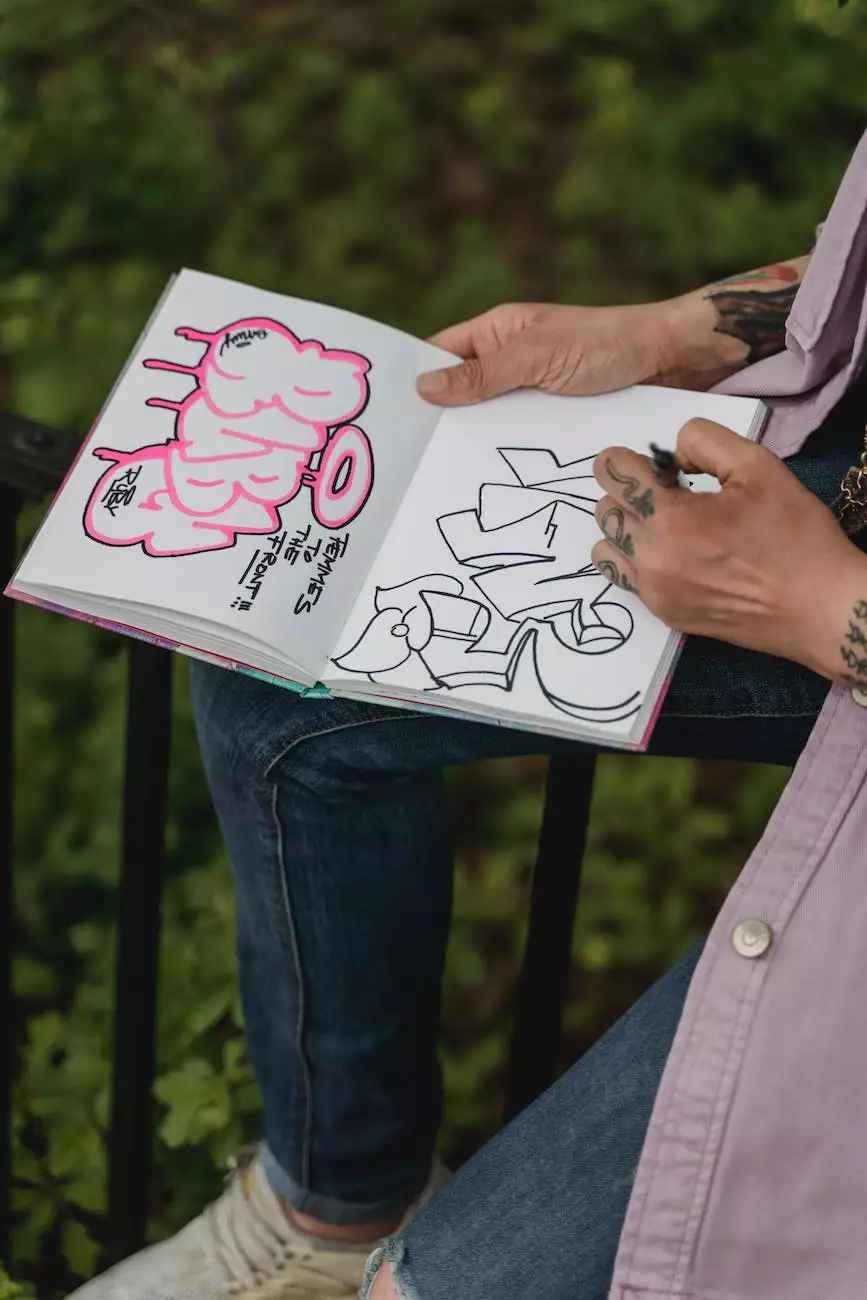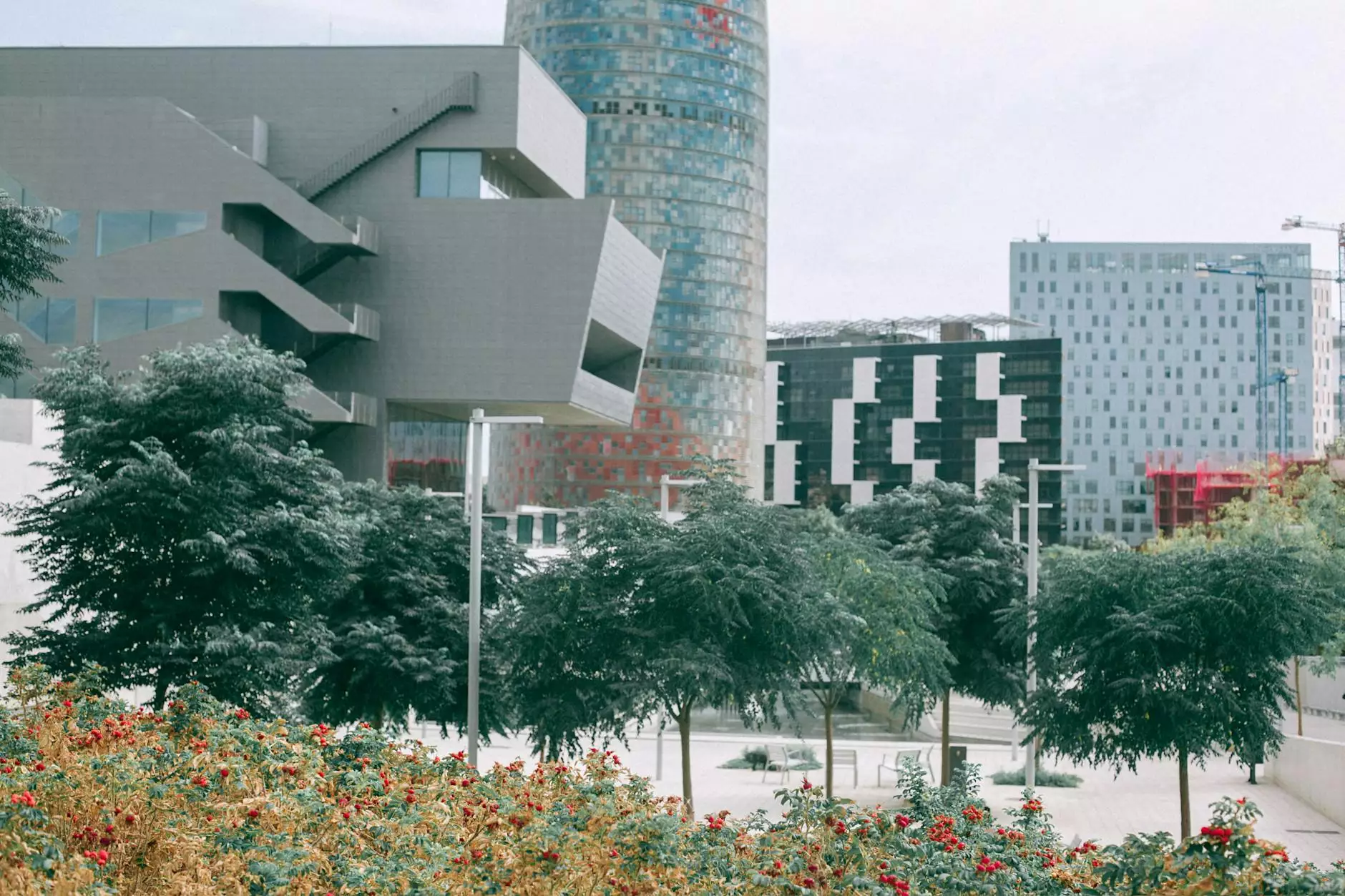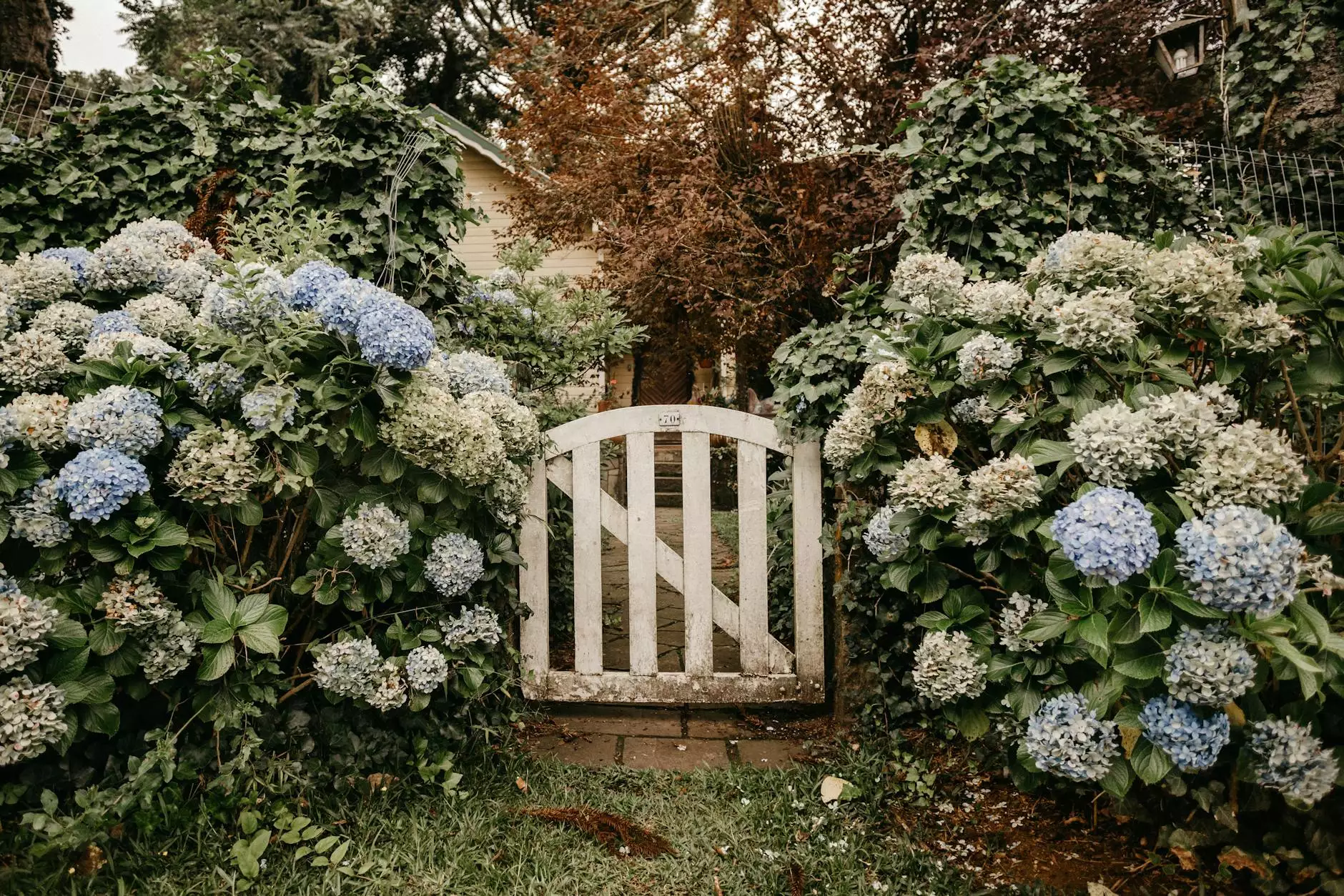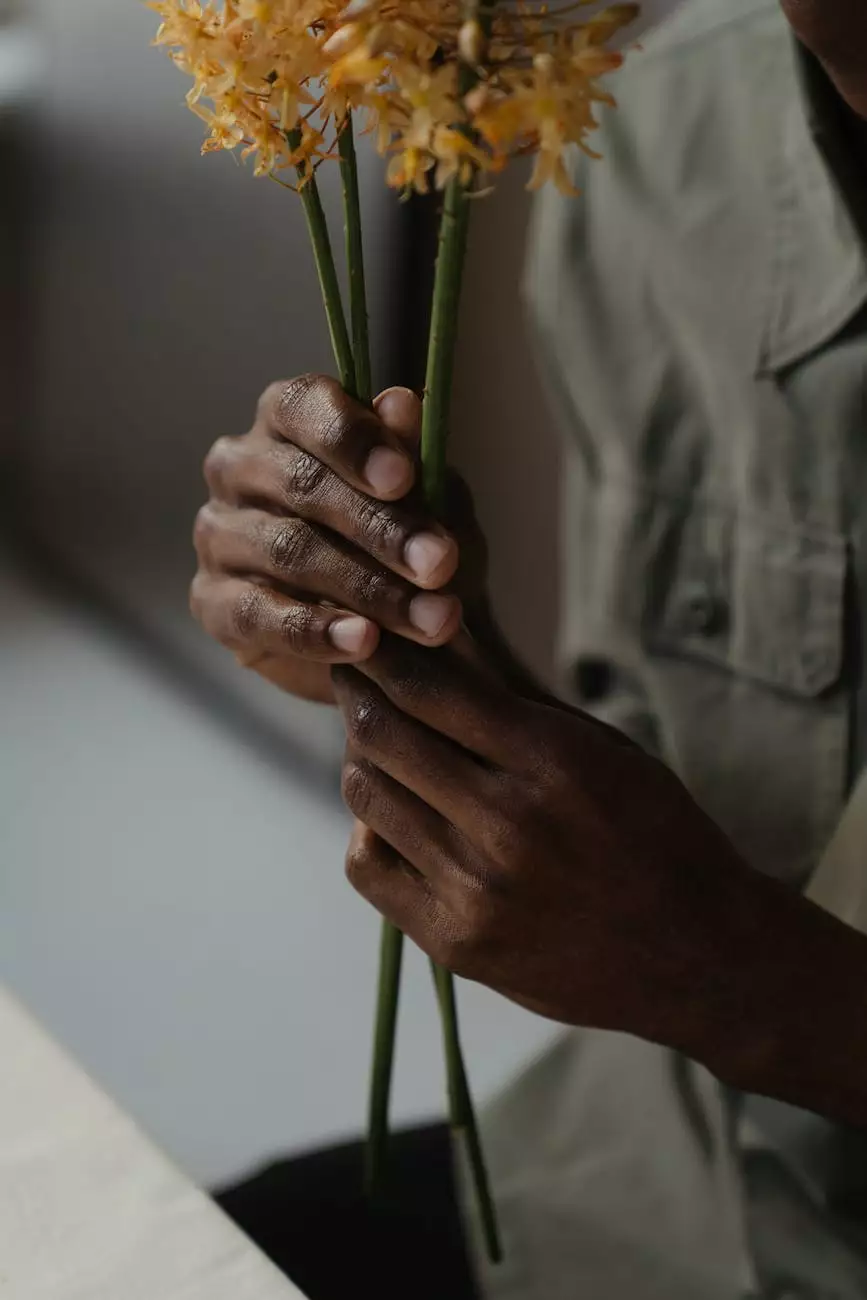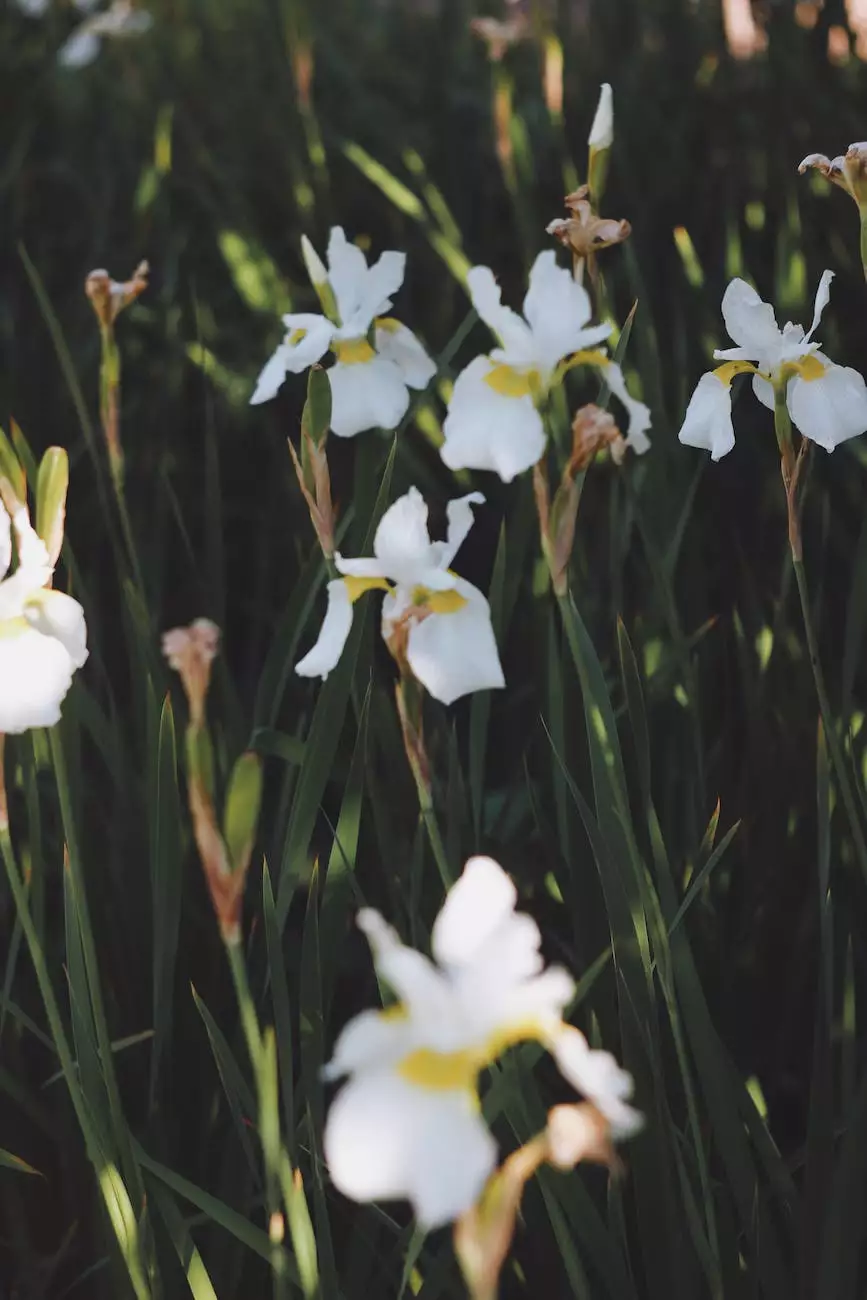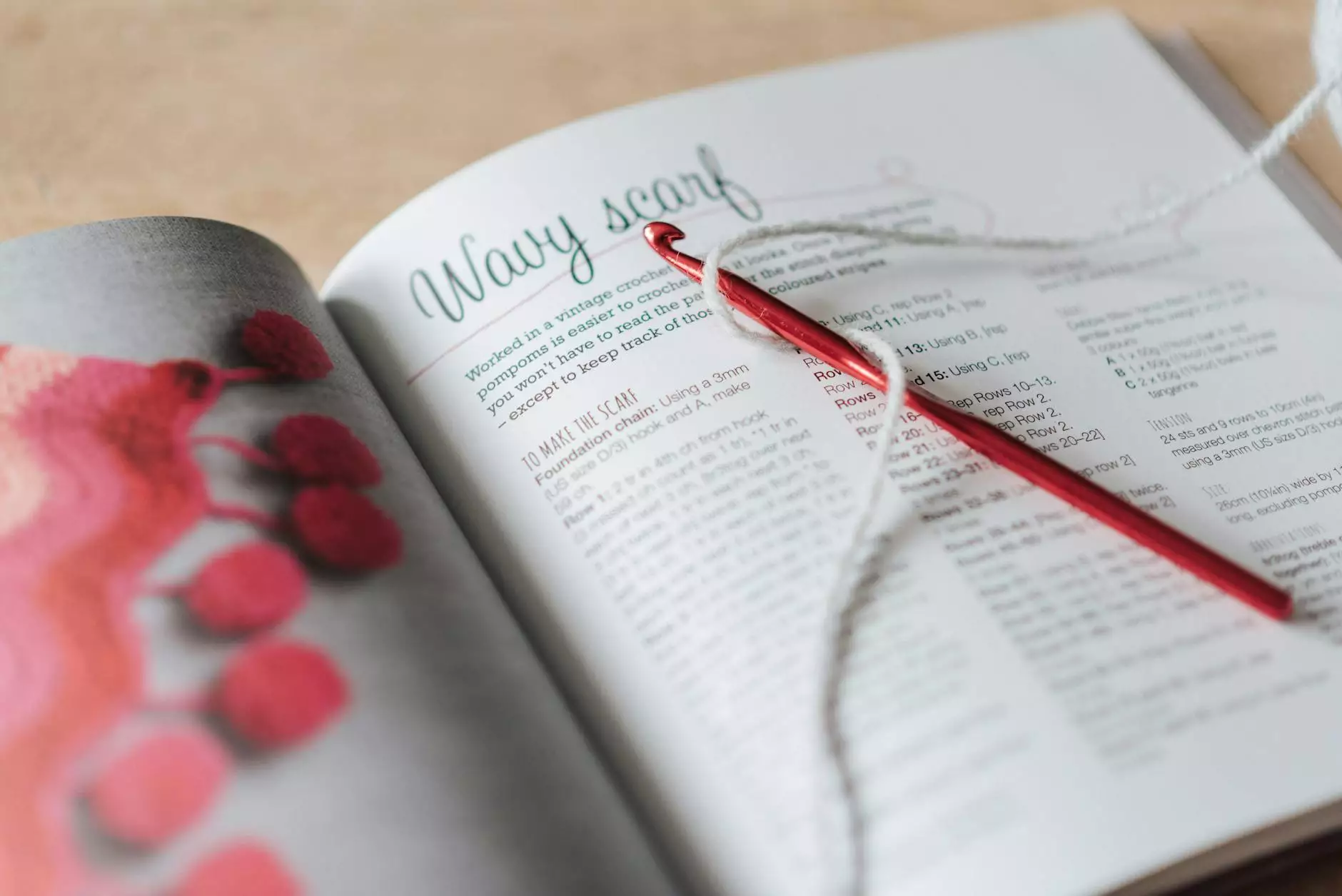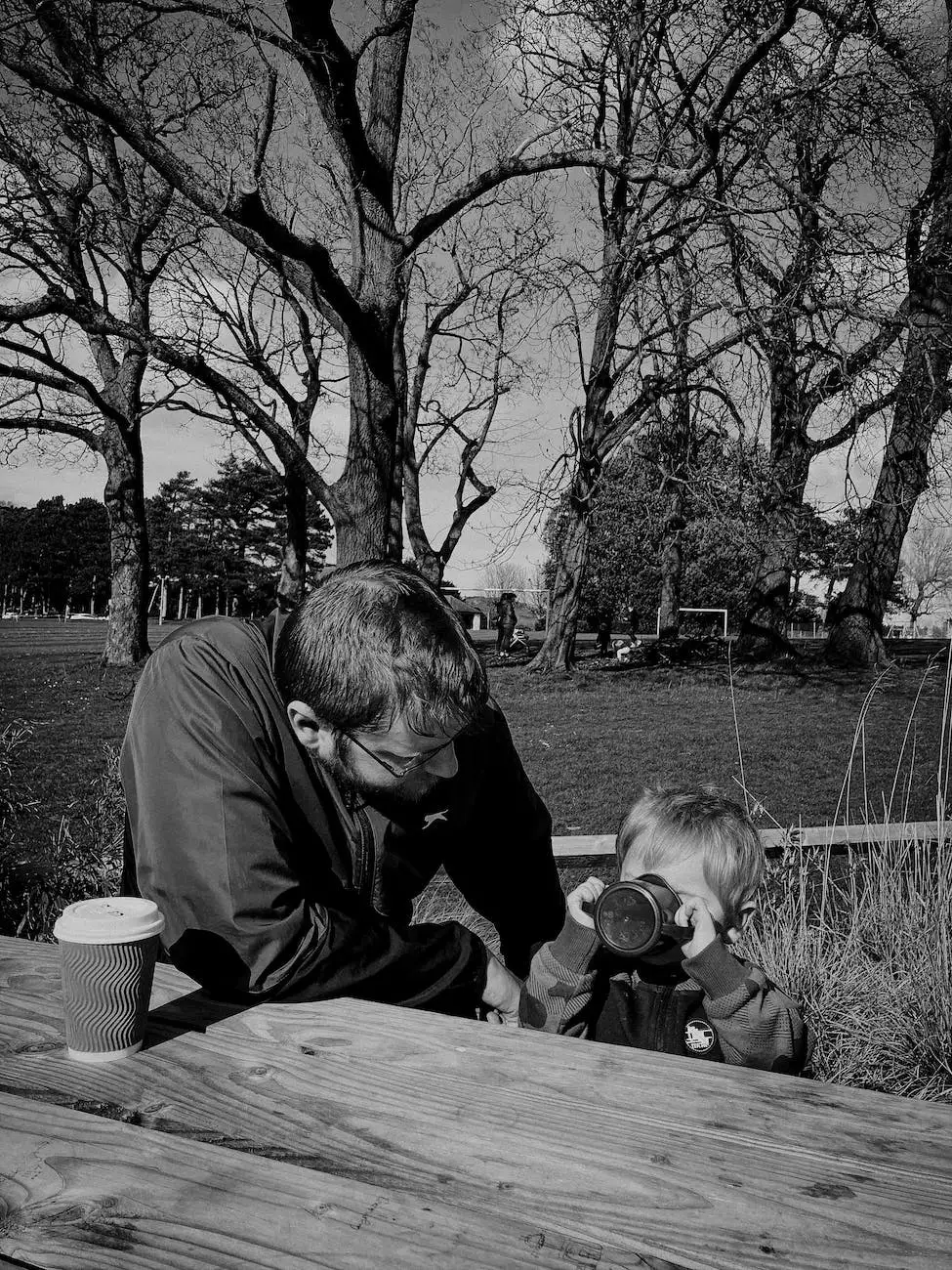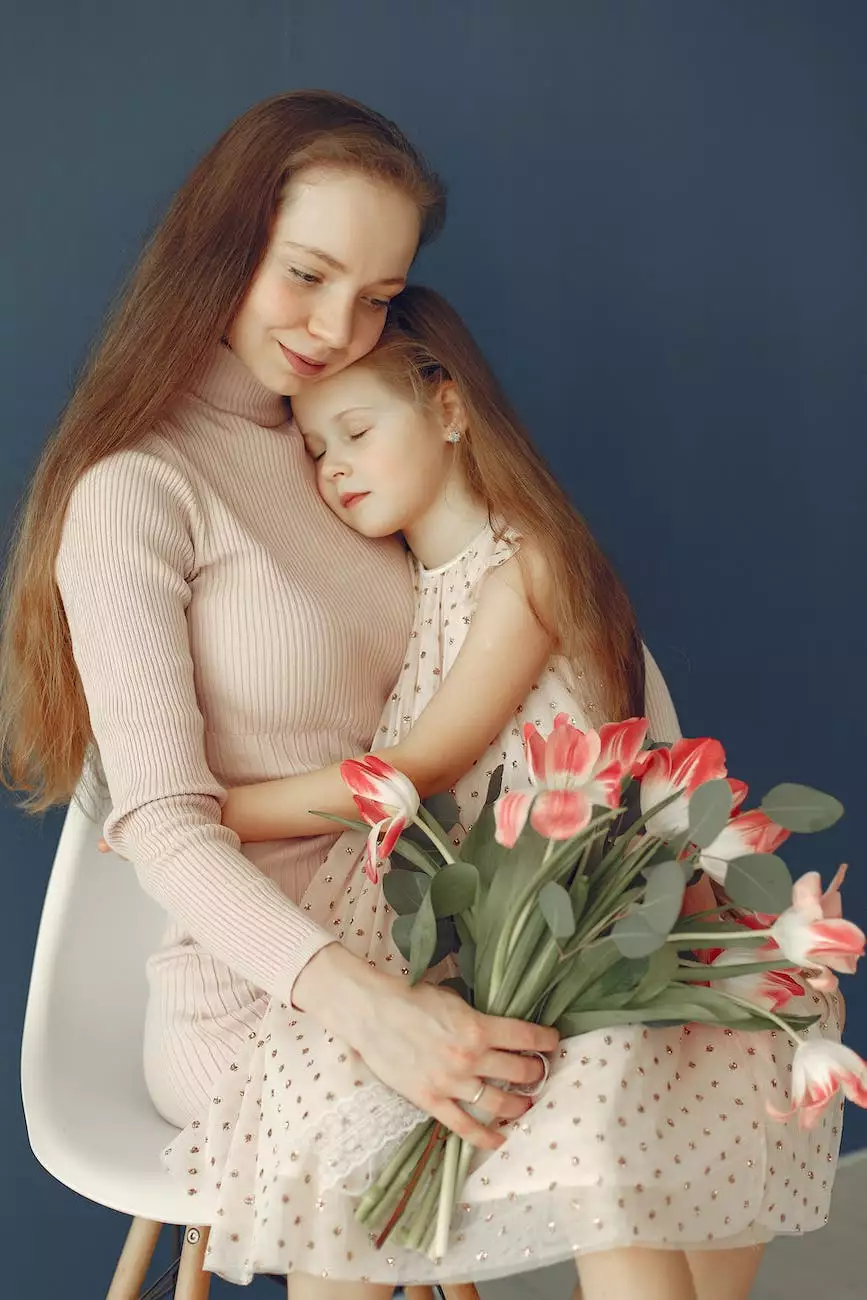Bougainvilleas - Transform Your Garden with Vibrant Colors
Plant Library
Welcome to the world of bougainvilleas, where beauty and charm merge to create a stunning outdoor landscape. At Always Lovely Lawn Care, we are passionate about home and garden gardening, and we are excited to share our knowledge and expertise on these captivating flowering plants. Whether you're a seasoned gardener or just starting your green thumb journey, this comprehensive guide will provide you with everything you need to know about growing and caring for bougainvilleas.
Why Choose Bougainvilleas for Your Garden?
Bougainvilleas are widely admired for their vibrant and eye-catching colors, making them a popular choice for garden enthusiasts. These tropical plants originate from South America but have found their way into gardens around the world due to their ability to thrive in various climates. The stunning display of colorful bracts, which are often mistaken for flowers, will add a touch of exotic elegance to any garden.
Types of Bougainvilleas
With over 300 different varieties available, there is a wide range of bougainvilleas to choose from. Each variety has its own unique characteristics, including color, growth patterns, and size. Some popular types include:
- Bougainvillea spectabilis: Known for its vibrant magenta bracts, this variety is one of the most commonly seen bougainvilleas. It can reach heights of up to 30 feet and is an excellent choice for large gardens.
- Bougainvillea glabra: This variety offers a more compact growth habit and features shades of pink, purple, and red bracts. It is perfect for smaller gardens or container planting.
- Bougainvillea Barbara Karst: With its intense red bracts, this variety is a showstopper. It is a fast grower and will quickly cover fences, trellises, or walls.
Planting and Caring for Bougainvilleas
Proper planting and care techniques are crucial for the success of your bougainvilleas. Here are some tips to help you create a thriving garden:
1. Selecting the Right Location
Bougainvilleas require full sun to thrive, so choose a location that receives at least 6-8 hours of direct sunlight daily. Additionally, ensure that the soil is well-draining to prevent waterlogging, which can result in root rot.
2. Soil Preparation
Prepare the soil by making it slightly acidic with a pH level between 5.5 and 6.5. Incorporate organic matter, such as compost or well-rotted manure, to improve soil fertility and drainage.
3. Planting Bougainvilleas
Dig a hole slightly larger than the root ball of the plant. Gently remove the bougainvillea from its container and place it in the hole. Backfill with soil, ensuring the plant is at the same level as it was in the container. Water thoroughly to settle the soil and eliminate any air pockets.
4. Watering and Fertilizing
Established bougainvilleas are relatively drought-tolerant but still require regular watering, especially during hot and dry periods. However, be careful not to overwater as it can lead to root rot. Apply a balanced fertilizer every 4-6 weeks during the growing season to promote healthy growth and abundant flowering.
5. Pruning and Training
Prune your bougainvilleas annually to maintain their desired shape and size. Trimming encourages new growth and enhances blooming. It's best to do this during late winter or early spring before the initiation of new growth. You can also train bougainvilleas to climb on trellises, walls, or pergolas to create a stunning vertical element in your garden.
Troubleshooting Common Bougainvillea Issues
While bougainvilleas are generally low-maintenance, they can encounter a few problems. Here are some common issues and how to address them:
Pest Infestations
Common pests that may affect your bougainvilleas include aphids, mealybugs, and spider mites. Regularly inspect your plants, and if you notice any pests, treat them with appropriate insecticides or organic pest control methods.
Fungal Diseases
Bougainvilleas are susceptible to fungal diseases such as powdery mildew and leaf spot. Ensure proper air circulation around the plants by spacing them adequately. If fungal issues arise, treat them with fungicides or organic alternatives.
Yellowing Leaves
Yellowing leaves can be a sign of nutrient deficiencies, overwatering, or poor drainage. Adjust your watering schedule and monitor soil moisture levels. If the yellowing persists, consider applying a balanced organic fertilizer to provide the necessary nutrients.
Bringing the Beauty of Bougainvilleas to Your Garden
With their enchanting colors and captivating beauty, bougainvilleas are sure to enhance any garden. By following our comprehensive guide and implementing the proper planting and care techniques, you can create a flourishing haven filled with these magnificent flowering plants. At Always Lovely Lawn Care, we are dedicated to assisting you in transforming your outdoor space into a breathtaking paradise. Explore our wide selection of bougainvilleas and start your journey towards a mesmerizing garden today!
